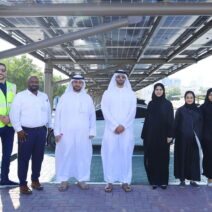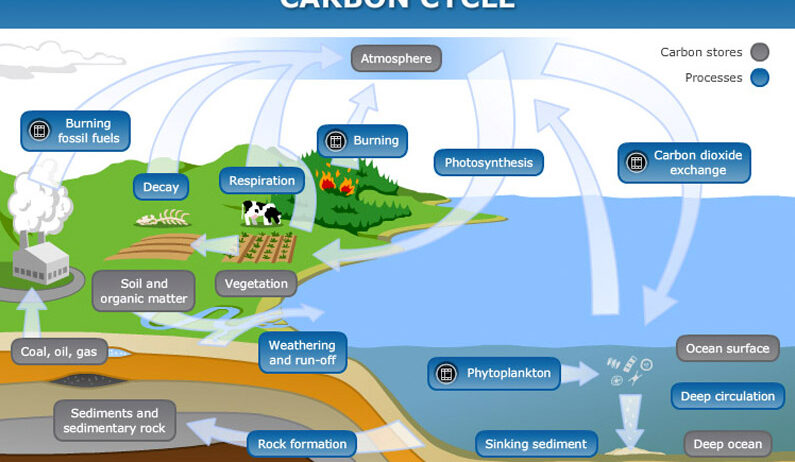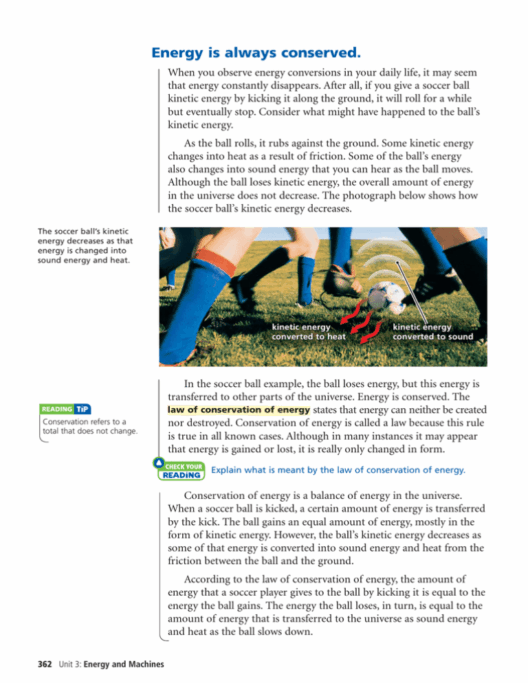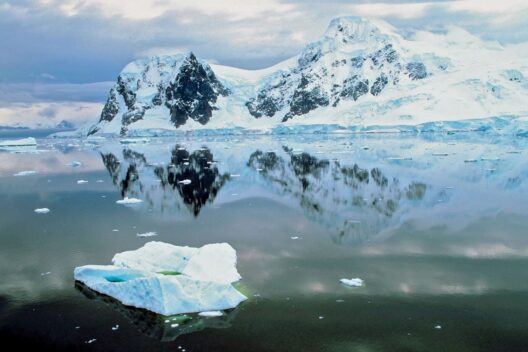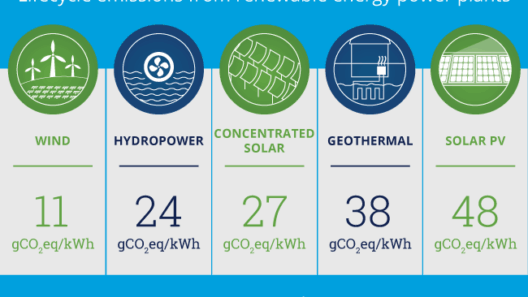The intricate dance of carbon through the Earth’s systems is both a marvel and a quandary. This dynamic cycle is akin to a double-edged sword, essential for life yet perilous when disrupted. The carbon cycle encompasses the exchange of carbon among the atmosphere, oceans, soil, and living organisms. However, human activities—particularly the combustion of fossil fuels—have introduced an imbalance that is intensifying global warming and, in turn, affecting the carbon cycle itself.
The Carbon Cycle: A Vital Rhythm
At its core, the carbon cycle represents the rhythmic movement of carbon among reservoirs—both biotic and abiotic. Carbon is sequestered in the atmosphere as carbon dioxide (CO2), a gas that is pivotal for photosynthesis, allowing plants to convert sunlight into energy while simultaneously releasing oxygen. This vital exchange manifests the interconnectedness of terrestrial and atmospheric phenomena, showcasing nature’s beautifully orchestrated production cycle.
In the grand scheme of the planet’s climatic systems, oceans play a dominant role. They are a significant carbon sink, absorbing approximately 25% of anthropogenic CO2 emissions. Through chemical reactions, oceanic waters transform CO2 into bicarbonate and carbonate ions—compounds essential for marine life, particularly organisms that form shells and skeletons. Despite this function, rising temperatures and acidification present dire consequences for marine ecosystems. Coral reefs, often referred to as the “rainforests of the sea,” are particularly vulnerable, as increased acidity hampers their ability to calcify, leading to erosion instead of growth.
Anthropogenic Influence: The Uninvited Guest
However, the delicate balance that defines the carbon cycle is under siege by human actions. The extraction and combustion of fossil fuels have released vast quantities of CO2 into the atmosphere, far beyond natural limits. Industrial activities, deforestation, and land use changes have resulted in staggering increases in atmospheric CO2 levels, now exceeding 400 parts per million—a metric that has not been seen for millions of years.
This surge in greenhouse gases has catalyzed the phenomenon of global warming, as elevated concentrations of CO2 trap heat in the atmosphere, leading to a rise in global temperatures. The subsequent climatic shifts create a complex feedback loop, exacerbating the very challenges that humanity seeks to mitigate. For instance, warmer temperatures directly impact carbon uptake by terrestrial ecosystems and oceans, effectively reducing their capacity to sequester carbon and signaling a troubling trend for future generations.
The Feedback Loop: A Vicious Cycle
The interplay between climate change and the carbon cycle is a textbook example of a feedback loop—a situation where one change exacerbates another. As glaciers and polar ice caps melt, they release previously stored carbon into the atmosphere. According to scientists, the melting of permafrost regions could potentially unleash billions of tons of carbon, leading to dramatic shifts in global climate patterns.
Moreover, extreme weather events, such as hurricanes, droughts, and wildfires, have become more apparent as the planet’s temperature rises. These events not only release carbon stores due to vegetation loss but also hinder recovery processes—the regenerative capabilities of ecosystems are diminished under stress, further influencing the carbon balance. Ecosystems, meant to be self-regulating assortments, find themselves in a precarious predicament where resilience is undermined, and recovery trajectories are stalled.
Addressing the Conundrum: A Collective Responsibility
Confronting this carbon conundrum demands an array of solutions rooted in collective responsibility. Transitioning to renewable energy sources—such as solar, wind, and hydro—constitutes a fundamental pivot in reducing emissions. Not only do these technologies provide clean energy, but they also engender job creation and stimulate local economies, showing that sustainability and economic vitality can go hand in hand.
Reforestation and afforestation present potent allies in sequestration strategies. By restoring forests and promoting green spaces in urban areas, carbon absorption increases, simultaneously fostering biodiversity and safeguarding ecosystems. Advocating for sustainable land use practices further supports this pursuit, maintaining soil health and nurturing agricultural systems that are resilient to climate change impacts.
A critical component of these strategies involves rethinking our consumption patterns. The reduction of waste and promotion of circular economies can substantially alleviate pressure on carbon reservoirs, creating a paradigm shift away from the linear “take-make-dispose” model towards one of reutilization.
Empowering the Next Generation
Education remains an indispensable tool in navigating the complexities of climate action. Empowering individuals with knowledge equips them to make informed choices while catalyzing advocacy for systemic change. The younger generation, often dubbed the stewards of tomorrow, possess the potential to drive innovation and influence policy, underscoring the necessity of cultivating awareness about the carbon cycle and climate change at all educational levels.
A Call to Action
Ultimately, collaborating to address the carbon conundrum requires an acknowledgment that humanity is not separate from nature but is, instead, intricately woven into its fabric. As the grip of global warming tightens, redefining our relationship with the carbon cycle becomes imperative. Each action we take—no matter how small—contributes to the larger tapestry of climate resilience. It’s time to reimagine our role in this vital cycle and commit to transformative actions that will safeguard the planet for generations to come.
